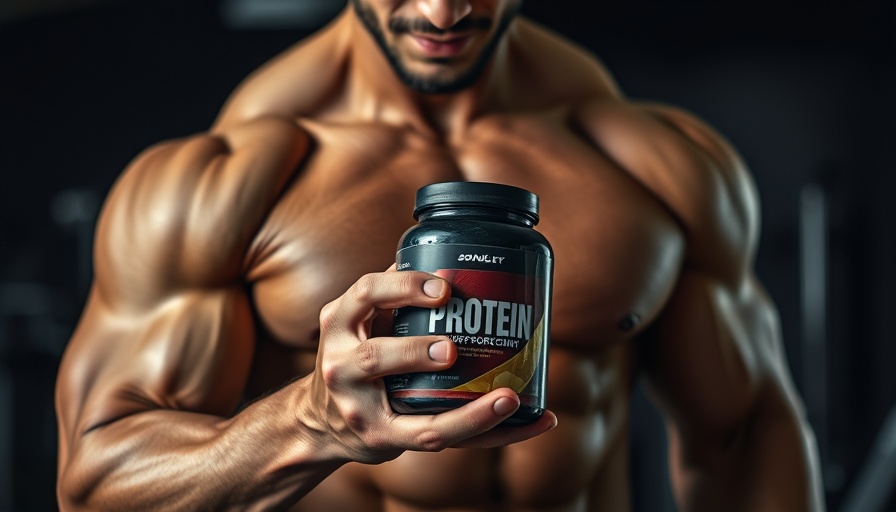
The Protein Craze: Understanding Its Impact on Your Diet
In recent years, protein has transformed from a simple dietary component to a revered star in grocery store aisles. With brands introducing innovative protein-enriched snacks like protein donuts and pasta, the question looms: are these products genuinely beneficial, or just a marketing gimmick? For professionals and fitness enthusiasts truly dedicated to optimizing their health and meals, it's essential to dissect the hype surrounding these protein-packed foods.
Are High-Protein Foods Beneficial?
The simple answer is yes, high-protein foods can significantly benefit active lifestyles. Protein plays an indispensable role in muscle growth, recovery, and overall robustness. According to nutritionists, individuals looking to build or maintain muscle mass should aim for approximately 1.6 to 2.0 grams of protein per kilogram of body weight. For a standard 180-pound male, that translates to about 130 to 163 grams of protein daily. This metric provides a useful baseline to gauge whether these new protein-infused snacks can be helpful in reaching those goals.
Choosing the Best Protein Sources
Despite the variety of protein-enriched products available, not all protein sources are created equal. While the convenience of protein bars or shakes is undeniable, the effectiveness of protein depends on its quality. Natural protein sources like chicken, fish, beans, and legumes provide essential nutrients that processed snacks often lack. It’s crucial to prioritize whole foods whenever possible, as they contribute essential vitamins and minerals and promote a balanced diet.
Comparing Natural Proteins vs. Processed Options
The debate continues regarding natural protein sources versus processed protein-enhanced snacks. A classic grilled chicken versus a protein bar is a perfect example. Not only does chicken offer a higher-quality protein profile, but it also contains less sugar and fewer additives, making it a superior choice overall. While there’s a place for these convenient snacks in a busy lifestyle, they shouldn’t take precedence over wholesome dietary choices.
Future Expectations in Protein Marketing
As consumers become increasingly health-conscious, the demand for convenient protein sources will likely arise in even more unusual forms. Expect newfound trends where manufacturers infuse lesser-known foods with protein components. Imagine protein-packed carrot sticks or pizza crusts! Even within this expanding market, it's essential to approach such innovative foods with caution and ask critical questions about their nutrient profiles.
Emotional Connection: The Drive for High-Protein Diets
Beyond quality and convenience, the emotional aspect of dietary choices cannot be understated. Many individuals pursue high-protein diets believing it aligns with their health aspirations—enhanced energy, confidence, and improved performance. This connection demonstrates how food choices can significantly influence our lifestyles and attitudes towards health. Embracing significant dietary decisions can foster a sense of control over one’s physical and mental health.
Actions You Can Take Right Now
If you're looking to boost your protein intake, focus on integrating high-quality food sources into your daily meals. Consider prepping foods in advance, such as grilling chicken or making bean salads, to ensure you always have nutritious options on hand. While occasional protein bars or shakes can be useful, aim to prioritize whole foods. Track your protein intake and adjust your diet accordingly to meet your individual needs.
A Final Thought on Protein and Health
Choosing the right protein sources isn’t just about numbers—it’s about nurturing your body and mind. Opting for nutrient-rich, whole food sources can make a measurable difference in your overall health and well-being. So the next time you reach for that protein-enriched snack, think carefully about its nutritional value in your overall meal plan.
 Add Row
Add Row  Add
Add 




Write A Comment